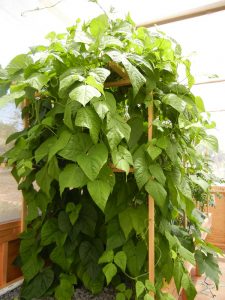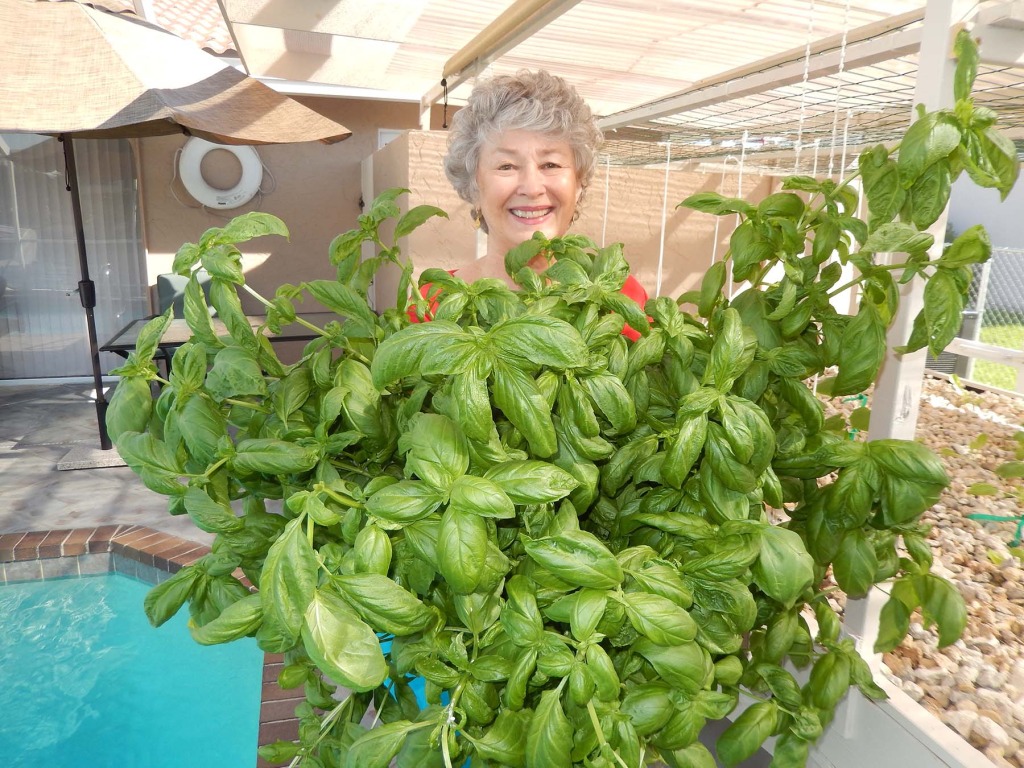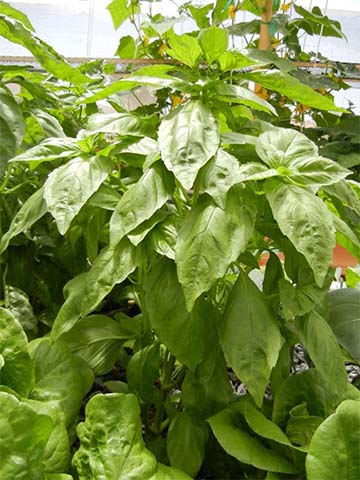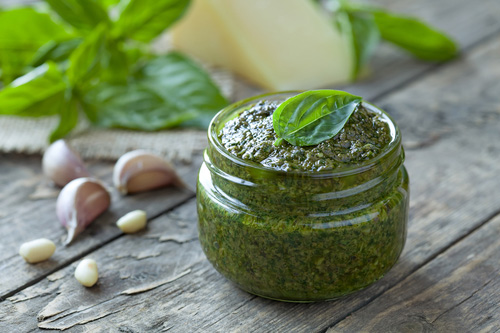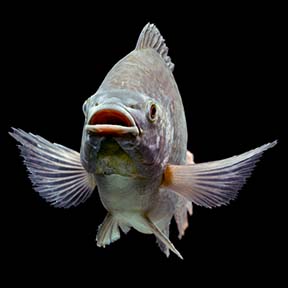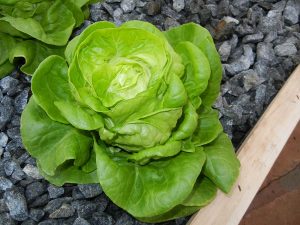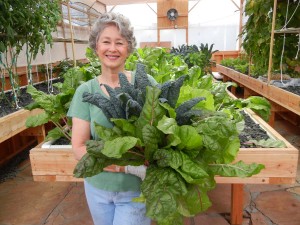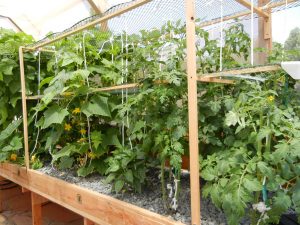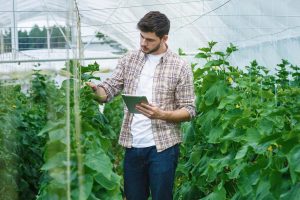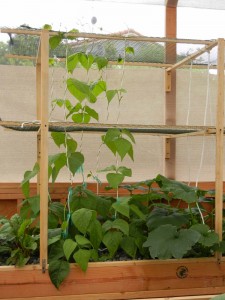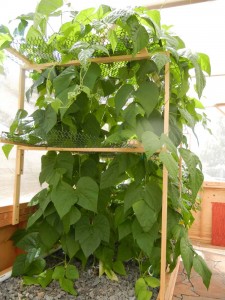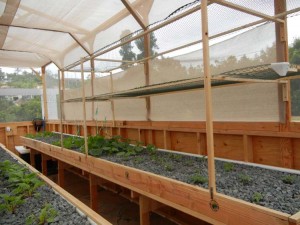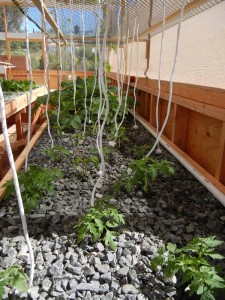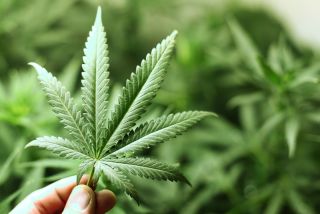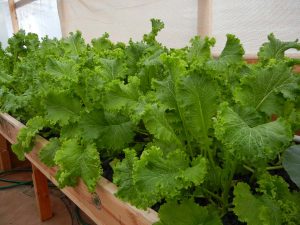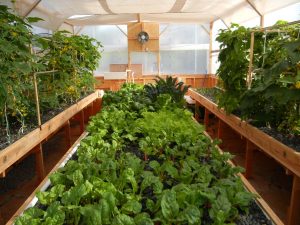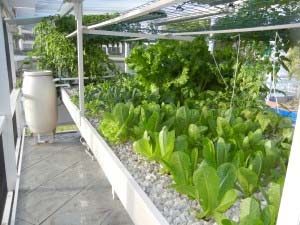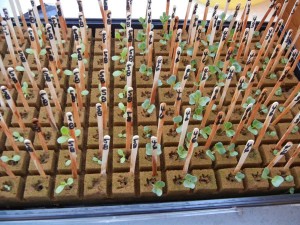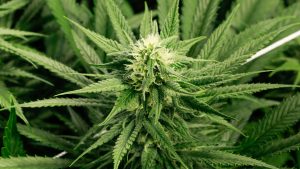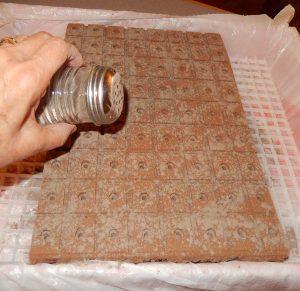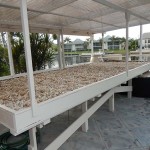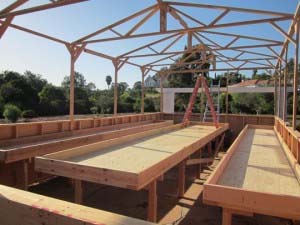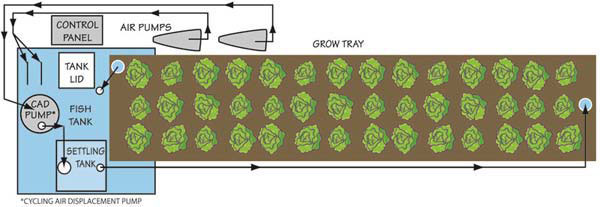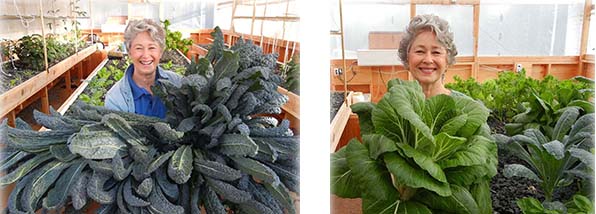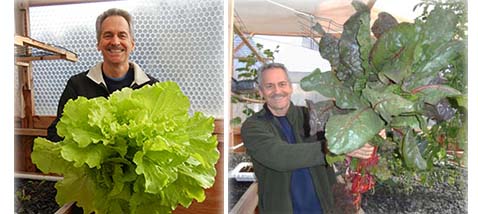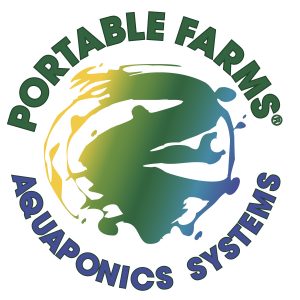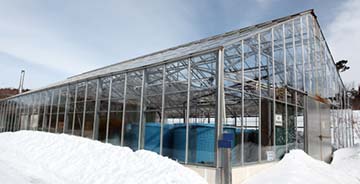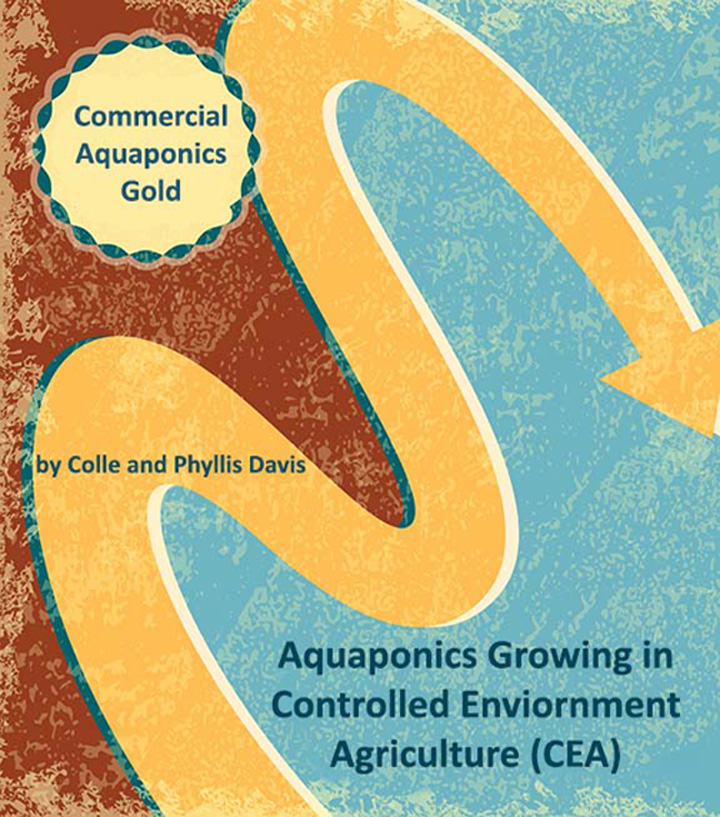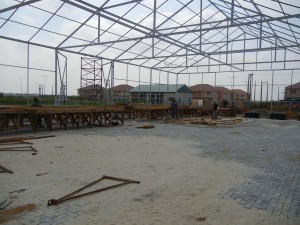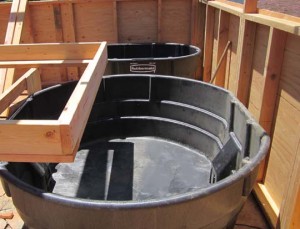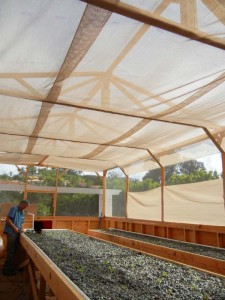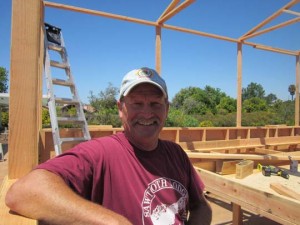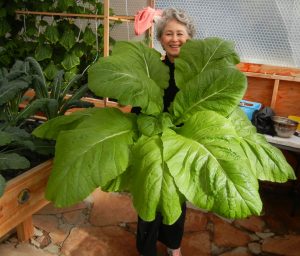Aquaponics Food Tastes Great! GROW YOUR OWN
– by Colle and Phyllis Davis
Eight Green Bean plants grown in a Portable Farm yielding
200 green beans six weeks after planting.
Isn’t it time to simplify your life and enjoy quality time and food?
Globally, self-sufficiency is becoming main stream in 2020 as individuals and communities unite to find ways to source affordable housing, create food and water safety, find access to quality health care, organize opportunities for living wages and find support for children and our aging population. These topics are as realistic today as there were 200 years ago when the world population was only a little over one billion people in 1814, compared to today’s 7.5 billion world population.
Today, natural resources are dwindling and the need for shared responsibility for self-sufficiency is a growing trend for assuring peace and prosperity in families, communities and the world.
Aquaponics is affordable and it’s ONE VIABLE SOLUTION to the issues related to food safety and added self-sufficiency because:
- People of any age can participate – adults, children, seniors and those with disabilities
- Aquaponics systems can be located in urban communities near the population of cities. It has been proven that urban neighborhoods with community gardens have a sharp decrease in crime because of neighborhood pride.
- Aquaponics systems are as effective in outdoor greenhouse structures as they are in abandoned warehouses or parking lot basements.
- Caring for food is a nurturing act that has therapeutic benefits that are good for the soul.
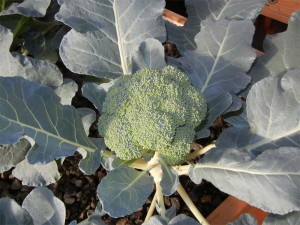 Broccoli grows well in Portable Farms! Large, tender, delicious and the plant offers several rounds of new blossoms after initial harvest.
Broccoli grows well in Portable Farms! Large, tender, delicious and the plant offers several rounds of new blossoms after initial harvest.
Aquaponics is a simple growing system that provides an all-chemical free environment that delivers all the nutrients and water that plants need to grow to perfection. In addition, the structure (generally a greenhouse) protects the plants and fish from climate changes (rain, cold and heat), wind and predators (bugs, birds and bunnies).
If you add up all the benefits to the plants and fish, it’s paradise on earth from them as a growing environment because there is no ‘stress’ on the plants or the fish to protect themselves from predators or to source food or freshly oxygenated water. Plus, the daily maintenance for aquaponics is minimal and redundant: 1) plant and harvest plants, 2) feed the fish. REPEAT the next day. There is no watering, no weeding, no chemicals, no fuss, no muss.
All of the food (nutrients) for the plants arrives before the plants need it, or want it.
The water is always available and it is refreshed a couple of times a day
The light levels are always perfect in the structure
The air circulates in a gentle fashion to help with pollination and to help avoid dampness in the structure
The temperature is pleasant and varies a bit so as not to be monotonous
There are no bugs or weeds or poisons or harsh chemicals used to contend with, ever.
The water in the Portable Farms Aquaponics Systems turns over ENTIRELY twice a day. Plus, all of the heavy fish poop has been removed and rerouted so it never flows into the Grow Tray or has contact with the plants.
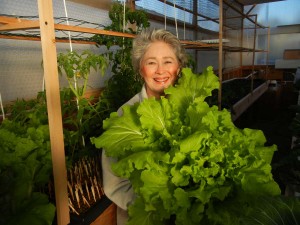
Phyllis Davis harvesting Tokyo Bakana, an Asian Herb we use as a great lettuce for salads. Delicious and easy to grow in aquaponics.
As a result of an ideal environment:
The plants grow faster than the seed packets say they will
Food grown in an aquaponics system is much healthier than ‘regularly’ grown plants, and as a result, they are healthier for you, they TASTE BETTER and are higher in nutrition.
The food in an aquaponics system is grown without any chemicals (think about it; if chemicals were used, it would kill the fish). The growing food is more beautiful with each passing day
The plants mature in less time and require 90 to 95% less water than their dirt-grown friends
The plants stay clean and dry at all times
They are harvested when they are at their peak of ripeness and maturation which means their flavor and nutritional content are always at optimal levels
They are simply the best vegetables on the planet.
